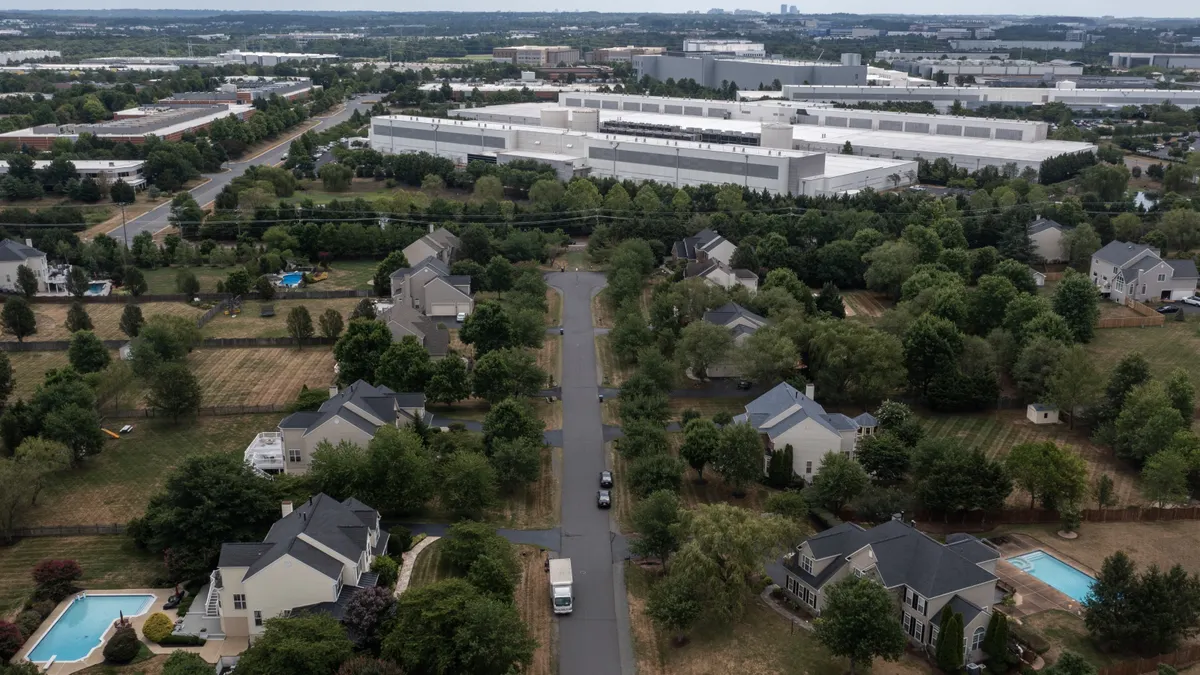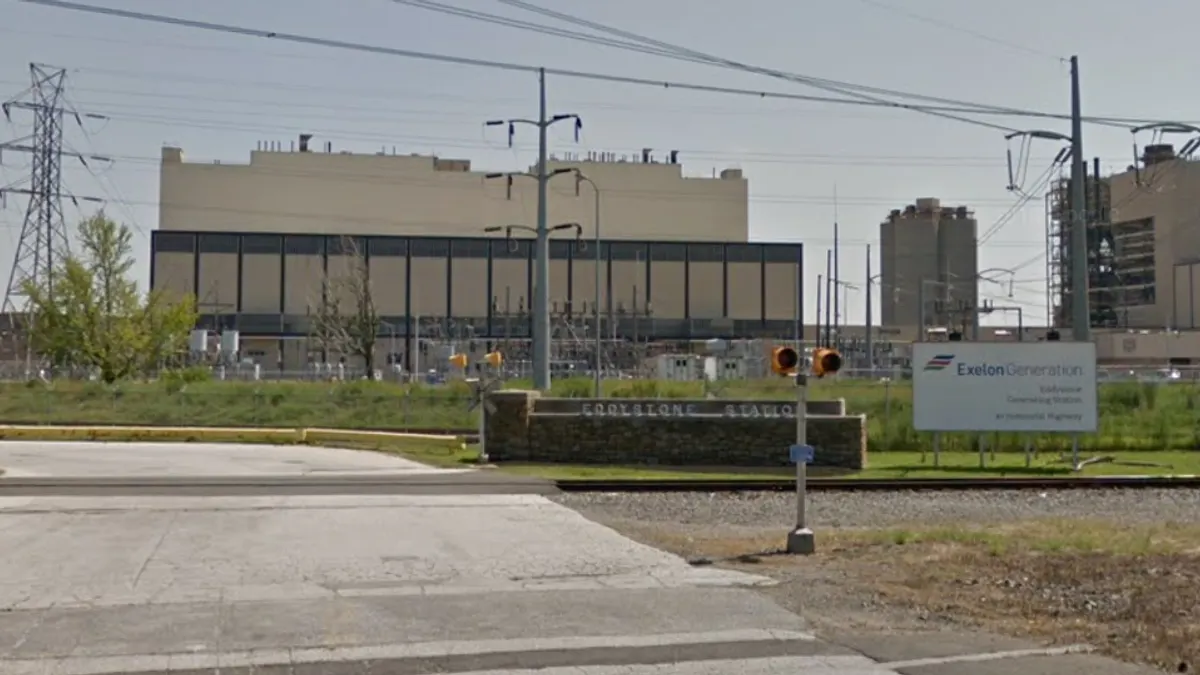Dive Summary:
- As a heat wave rips through California, grid operators have urged electricity conservation to reduce the potential for blackouts. But a team of MIT engineers say they have a killer algorithm to spare the grid by identifying isolated potential points of failure, and the chance of subsequent, cascading blackouts.
- While existing algorithms identify dangerous N-minus-2 contingencies in the electric grid, the current algorithms cannot guarantee that these pairs are the only failures of concern.
- “They don’t provide guarantees that the ones you assume to be safe are really safe,” said Konstantin Turitsyn, a professor of mechanical engineering at the Massachusetts Institute of Technology.“If you want to have some guarantees that the system is safe, you want the system to rely on algorithms that have zero missing rates.”
From the article:
“The cost of the 2003 blackout has been estimated to be as high as $10 billion. Given these gorilla-sized consequences, it makes sense that California’s grid operators would ask consumers to conserve electricity to reduce the risk of power outages. Indeed, until grid operators can virtually guarantee that there is no risk of a blackout, customers may have no choice but to endure emergency conservation measures.”








